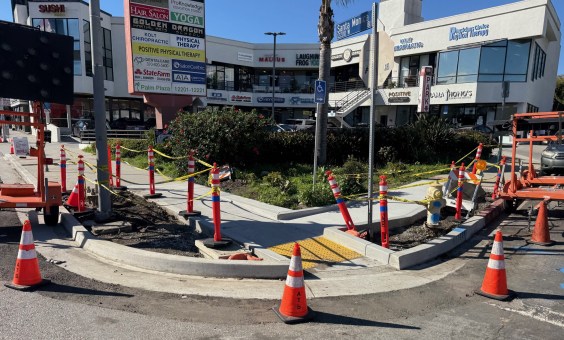The politics of public transit vary a lot from city to city, but a major player in every agency is the board of directors.
These powerful boards don't tend to feature prominently in advocacy campaigns. But they're important, making key decisions about fares and service and senior staff that affect every rider.
Unfortunately, these boards often aren't very representative of the people who ride transit in the regions they serve. Julia Ehrman at TransitCenter scanned some the boards of the biggest agencies and found they are generally much more white and male than the riding population.
Check out Boston, for example.
Or Portland's TriMet:
And Atlanta:
Ehrman says this is something that advocates, and those responsible for appointing transit board members, should be conscious of, because it can impact service quality:
What would change if more diverse voices were at transit decision making tables, shaping policy and investment? If more women were at the table, we might hear more about the need for service in off-peak hours to accommodate service and domestic work. We might learn that free transfers are completely essential for the multi-leg trips that work, school commuting, and errands require. We might prioritize lighting, visibility, and real-time information at bus stops to help improve safety. If more people of color were at the table, we might hear stronger challenges to expensive new rail projects that tilt the scales away from investment in bus service and amenities in communities of color where riders live. We might have a more comprehensive conversation about policing on transit, and what “safety” means in practice. If more people from the disabled community were on transit boards, their colleagues might grasp the gravity of inaccessibility and prioritize requisite changes.
Personal experience is not the only path to empathy. However, transit policy should be based on facts about rider experience and needs.
New York City Mayor Bill de Blasio, Ehrman writes, has been a leader in this regard, using his appointments to triple representation by women and people of color on the board of the state-run MTA since taking office.






